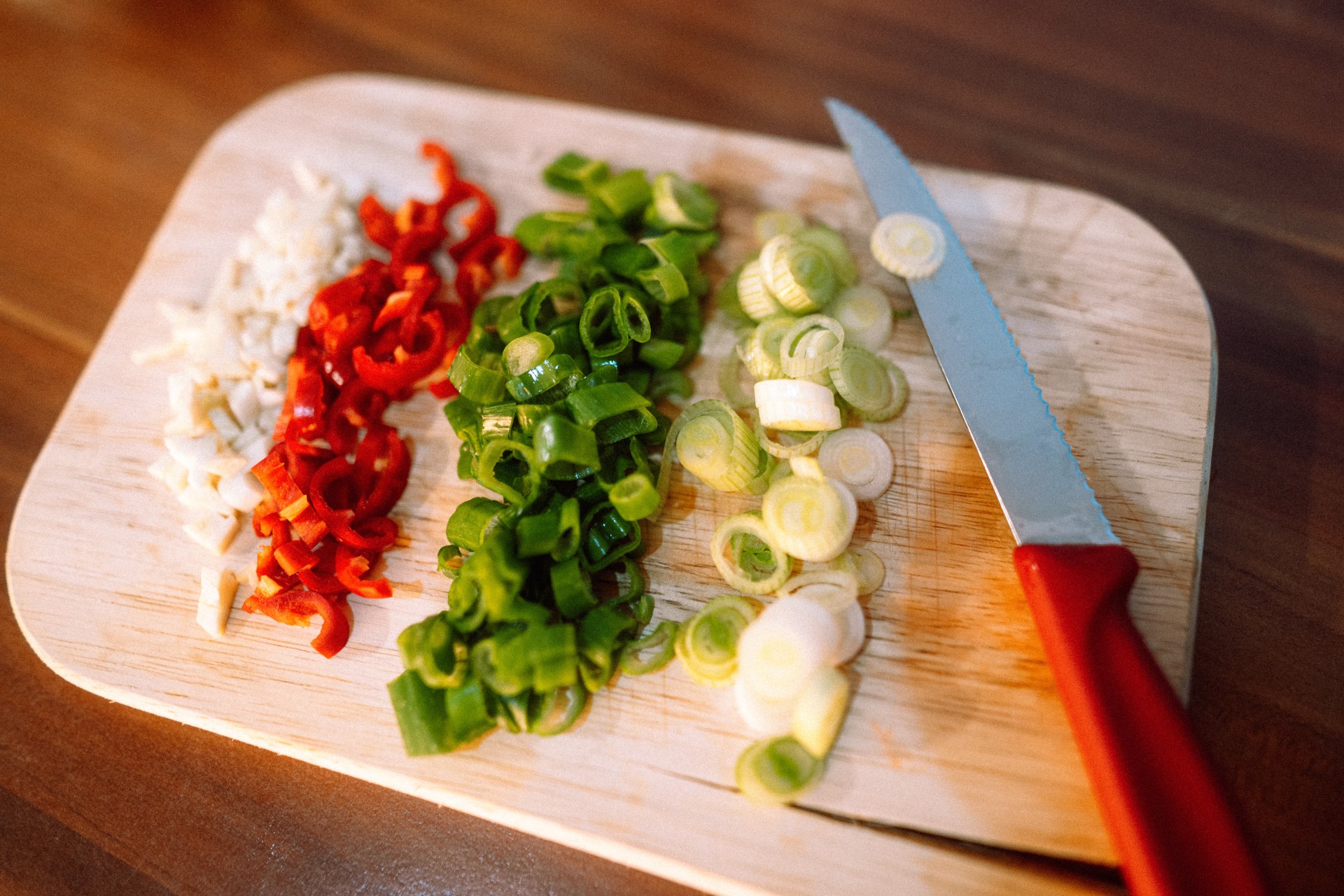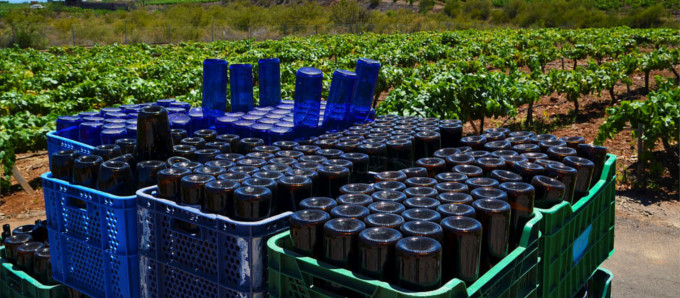Everything You Need to Know About Meal Prepping – F & B
Photo by Max Saeling on Unsplash
Meal prepping is much more than a food fad. Meal prep is a way to eat the healthy, homemade meals you actually want to eat every day – without having to rush to cook something in the middle of the week or be tempted to order unhealthy takeout because you don’t have the time to make dinner.
Have you ever arrived home after a long day at work only to find a couple of frozen chicken breasts and a bag of soggy spinach in the fridge? That would be enough to deter any busy professional from cooking a homemade meal – and, let’s face it, we’ve all been there.
These days, there’s no excuse for ordering unhealthy fast food when you can make use of a homemade meal delivery service (click here if you’re bored of HelloFresh) or prepare all your meals in advance.
And the best part? Meal prep doesn’t require fancy tools or complicated planning. Here’s everything you need to know to get started.
What is Meal Prepping?
Meal prepping is preparing your meals in advance – either by preparing ingredients that can be easily combined to create complete dishes or by creating a meal plan.
There are a few different meal prep methods – most people prepare single-serve meals. However, the beauty of meal prep is that you can tailor your plan to cater to your preferences, dietary requirements, schedule, and tastes.
Four common types of meal prep are entire meals that are made ahead, batch cooking and freezing, single-serve meals, and partial meal prep.
Entire meals can be made beforehand and stored in your fridge or freezer. Batch-cooking is preparing multiple meals and portioning them out to the store. Prepping entire meals is better for recipes that can be cooked in large batches – like soups, stews, curries, pasta dishes, etc.
Prepping single-serve meals entails preparing enough food to last a few days and portioning it into single-serve containers. Partial meal prep (or ingredient prep) suits people who want to save time when they cook by preparing some ingredients in advance – like chopping vegetables, marinating meat, and mixing spices.
Why Start Meal Prepping?
Learning how to prepare meals in advance can reduce waste and save time and money. Another significant benefit of meal prep is that you know exactly what goes into your meals – unlike ordering from an unhealthy junk food chain. You have total control over what foods you eat.
If you want to start eating healthier food, meal prep can help you if you have a busy schedule and often don’t feel like cooking your own meals when you get home. Preparing all your meals in advance allows you to plan what you will eat for breakfast, lunch, and dinner. You also have greater control over portion sizes when you pre-prepare your meals.
To get the most out of your meal prep, you’ll need containers, fridge or freezer space, and some time to dedicate to cooking your food.
Who Will Benefit From Meal Prep?
Meal prep is helpful for busy people who want to avoid cooking every day and those who want to start eating a healthier diet. But not all approaches to meal prep will work for everyone.
Foods that spoil quickly – like chopped avocados or pre-made salads – might not stay at their freshest when stored for a week in the fridge. Cooking the protein or main ingredient in advance and portioning the other vegetables or grains that go with it is a way to solve this problem. Some meal preppers get around soggy salads by making them just a day or two in advance and keeping the vegetables and dressing separate.
Another way to approach meal prep is to prepare ingredients beforehand to make cooking meals easier and less time-consuming. For instance, you could portion your yogurt and chop the fruit for your breakfast smoothies or chop up all the vegetables you need for a quick stir fry during the week.
The best thing about meal prep is that it can be tailored to your needs. Some meal preppers cook enough for a few weekday lunches, while others make single-serve portions of dinner, lunch, and breakfast for the entire week. The best way to see which method suits you is to experiment.
What Ingredients Can You Use when Planning Meals?
Any food that stores well in the refrigerator for a few days and can be prepared in advance is suitable for meal prep. Long-lasting raw vegetables, nuts, roasted vegetables, and cooked meats can form the base of many different meals. However, not all food is ideal for food prep.
Chopped fruit, crackers, and water-retaining vegetables (like cucumber or eggplant) can get soggy in the fridge, so they are less suitable.
Read Also: Rum Social’s “Endless Summer” Menus – Food & Beverage
If you’re just starting your food prepping journey, consider how you will reheat your food. Think about if you have access to a microwave, stovetop, or oven during meal times. Think about the protein you’ll be using and whether it can retain its texture after it’s been microwaved. If you can’t reheat your meals, think about which recipes can be enjoyed cold.
Final Words
The most important thing is cooking recipes you enjoy and can cook easily – this will help you avoid wasting time (and food). Once you’ve mastered the basics, you can begin experimenting with different pairings and ingredients.
You should also focus on making food you actually want to eat – don’t try to step outside your comfort zone too much initially, and keep it simple. Try making just one meal in advance and start prepping other meals when you begin to feel more comfortable.
You should also avoid spending an entire day cooking complicated meals. Instead, try one-pot dishes that can be made in big batches and portioned easily.
Preparing your meals in advance is an excellent way to foster healthier eating habits, make your life easier, and help you on your health journey. All you need are storage containers, space, ingredients, and some time to cook your favourite healthy recipes.








